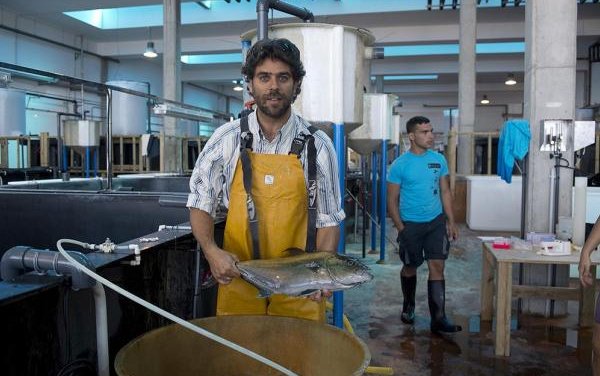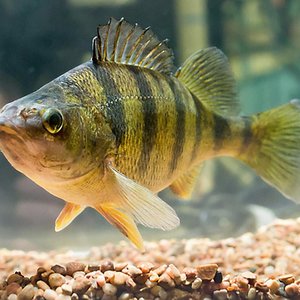Optimizing the growth and survival of marine fish larvae, while reducing the cost of production, is important for the development of viable hatcheries on an industrial scale. A team of Spanish researchers tested different feeding strategies in greater amberjack (Seriola dumerili) larvae with the aim of reducing the use of Artemia.
Researchers found that the reduction of Artemia did not affect larvae production outputs, maintaining a high rate of growth and survival, while reducing production costs and obtaining a low occurrence of skeletal anomalies during the weaning period.
Researchers tested five feeding protocols (1%, 25%, 50%, 75%, 100%) with decreasing levels of substitution of Artemia with dry feeds (0.02, 0.5, 1, 1.5 and 2 Artemia ml-1 day-1 as initial Artemia densities, respectively) from 32-48 days after hatching.
Larvae fed higher feed replacements (1%, 25% and 50%) were significantly larger than larvae fed more Artemia (75% and 100%). However, survival increased with more intake of Artemia. Researchers concluded that it is possible to reduce Artemia intake by up to 50% without significantly affecting the survival, growth and quality of greater amberjack larvae.
Check out the study here.













